1. Flintstones Cigarette Commercials

It still shocks people when they discover that The Flintstones, a cartoon that became a staple of family television, once doubled as a marketing tool for cigarettes. In the early 1960s, Fred and Barney were seen casually smoking Winston cigarettes while chatting about everyday life. The ads often ended with the two lounging around with a smoke after doing chores, normalizing the idea that cigarettes were just a part of daily fun.
At the time, tobacco companies were some of the biggest advertisers, and using beloved cartoon characters was considered clever branding. Today, this kind of ad would be considered deeply unethical, especially since children were the main audience. Seeing characters designed for kids actively smoking is jarring and unsettling. It’s the kind of commercial that feels almost satirical now, but it was very real—and very common.
2. Baby Feeding with 7-Up
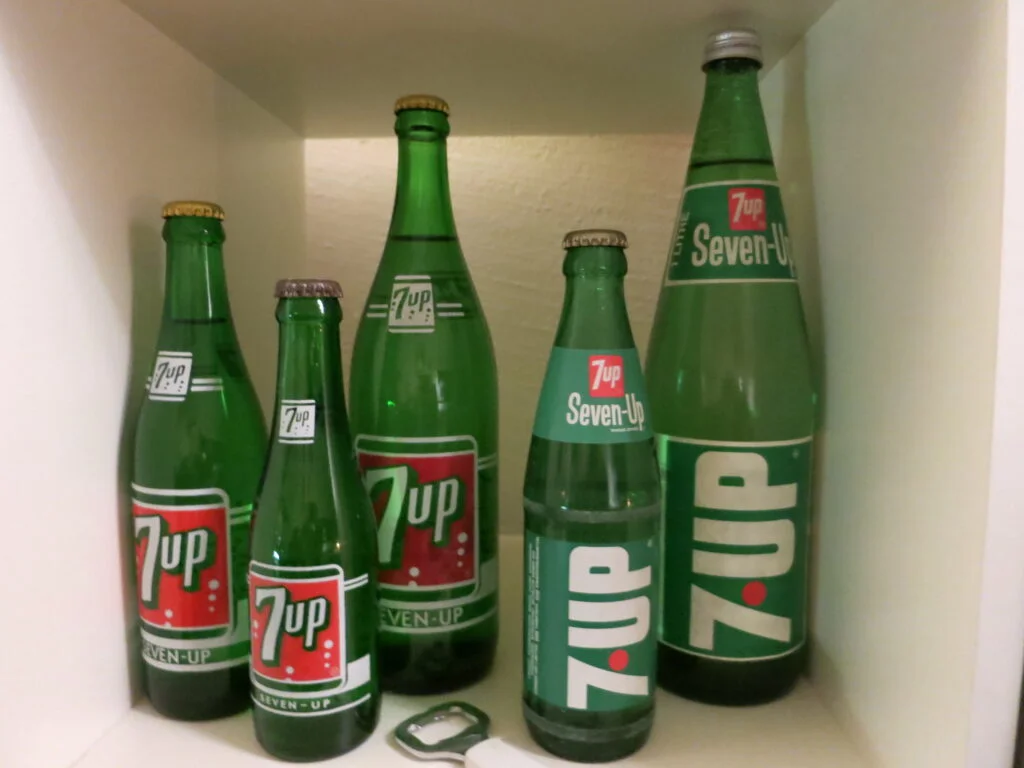
One of the strangest old commercials featured a smiling mother being advised to pour 7-Up into her baby’s bottle. The narrator explained that soda could make formula more palatable and even suggested it was a wholesome treat. Parents watching at the time probably thought it was modern and fun, but from today’s perspective, it’s borderline horrifying.
Modern pediatricians warn against introducing sugar to infants at such a young age, and the idea of carbonation in a baby’s bottle is unthinkable. But back then, advertising rules were so loose that companies could make almost any health claim they wanted. It’s a perfect example of how little oversight there was in food marketing. If an ad like this aired today, it would be pulled instantly and possibly lead to lawsuits.
3. Camel Cigarettes with Doctors

The Camel brand famously ran ads claiming, “More doctors smoke Camels than any other cigarette.” These commercials showed actors in white coats, stethoscopes around their necks, confidently endorsing the product. The suggestion was that cigarettes weren’t just harmless, they were the preferred choice of medical professionals.
The trust people had in doctors back then made this tactic extremely persuasive, and Camel profited from the illusion of safety. Today, these ads look shocking, especially since cigarettes are linked to countless health problems. The idea that the medical community would endorse them feels absurd now, but it worked because audiences had no reason to doubt the authority figures on-screen.
4. Sugar Frosted Flakes with “Energy Boost” Claims
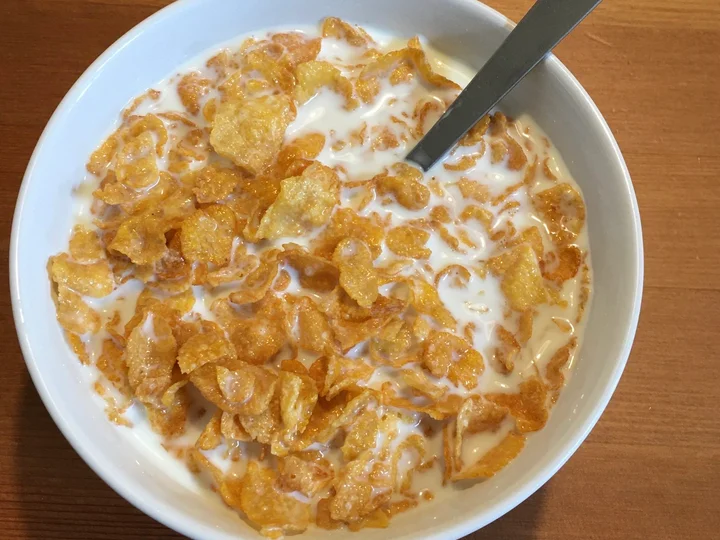
Tony the Tiger may still be around, but the early commercials for Sugar Frosted Flakes leaned heavily on health claims. They promised parents that the sugar-loaded cereal would give kids boundless energy to power through the day. Some ads even showed kids becoming stronger or more athletic after eating a bowl.
In today’s world, sugar is seen as something to limit, especially for children. Ads can no longer claim that sugary foods have health benefits without solid scientific backing. Those old spots show how much companies relied on exaggerated claims to convince parents. It’s wild to think that “more sugar equals more energy” was once a selling point.
5. Kool-Aid Pitchman Breaking Walls
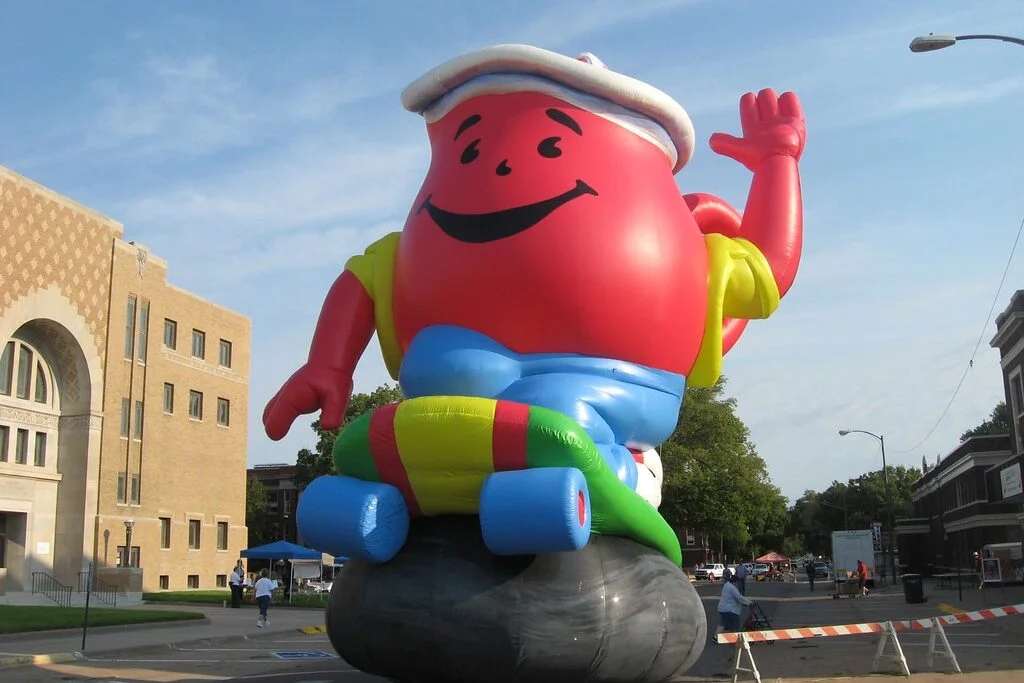
The Kool-Aid Man crashing through walls became an icon of advertising, but those early commercials were much rougher than the playful version remembered today. He would burst through brick walls or fences, leaving destruction behind while shouting his catchphrase. Kids watching were encouraged to associate drinking Kool-Aid with excitement and chaos.
From a modern perspective, these commercials seem reckless. Encouraging children to mimic a character who destroyed property to hand out sugar water isn’t something a brand could get away with today. It normalized both unhealthy drinking habits and unsafe behavior. While the Kool-Aid Man survives in pop culture, the original tone of those ads wouldn’t fly now.
6. McDonald’s “Supersize” Push

In the ’80s and ’90s, McDonald’s commercials made supersizing look like a fun challenge. You weren’t just buying food—you were upgrading to something bigger and better. The ads leaned on bright visuals, upbeat music, and slogans that made it seem like everyone was choosing the largest option possible.
Today, those commercials look like a public health warning in disguise. Supersizing was eventually discontinued after criticism linked it to rising obesity rates and documentaries like Super Size Me. If McDonald’s tried to bring back those ads today, they would be hit with backlash for glorifying overconsumption. It’s a clear example of how cultural attitudes toward food have shifted.
7. Alka-Seltzer “Speedy” Character
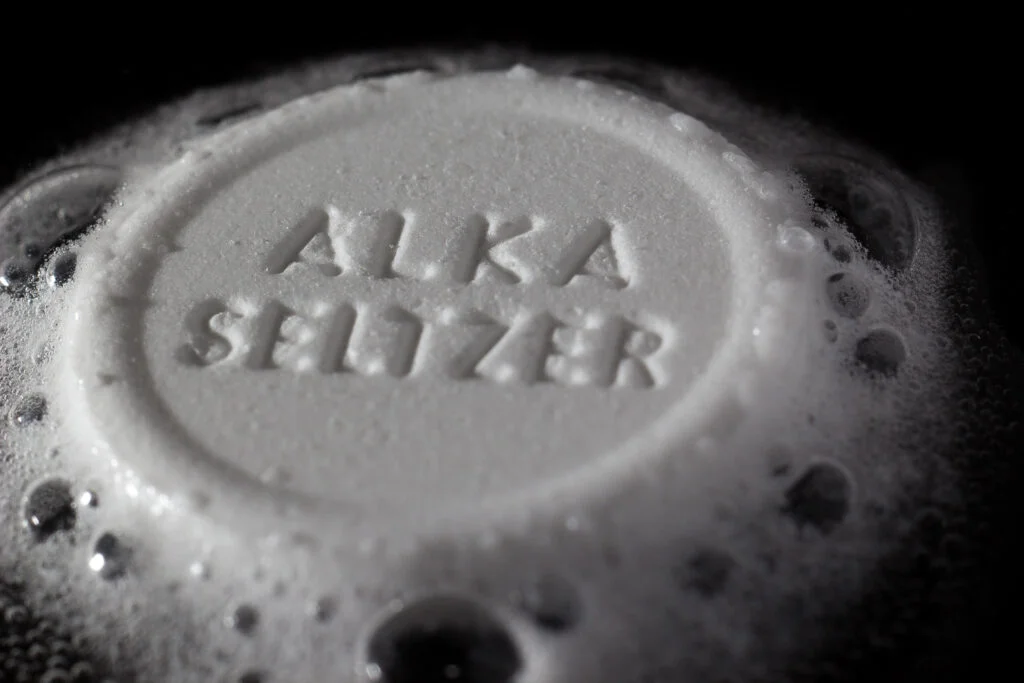
Speedy, the animated mascot for Alka-Seltzer, was a cheerful little character who encouraged people to eat and drink as much as they wanted because his product would “fix everything.” Commercials often showed people indulging in giant meals, only to pop some tablets afterward to feel better instantly. The message was that overindulgence was fine because there was an easy solution.
Looking back, these ads feel irresponsible. Encouraging unhealthy eating habits while promoting a product as a cure-all would be heavily criticized today. Speedy himself was a cute mascot, but his message was problematic. Modern commercials tend to focus on responsible use rather than promoting bad habits in the first place.
8. Jell-O Diet Ads with Gender Stereotypes
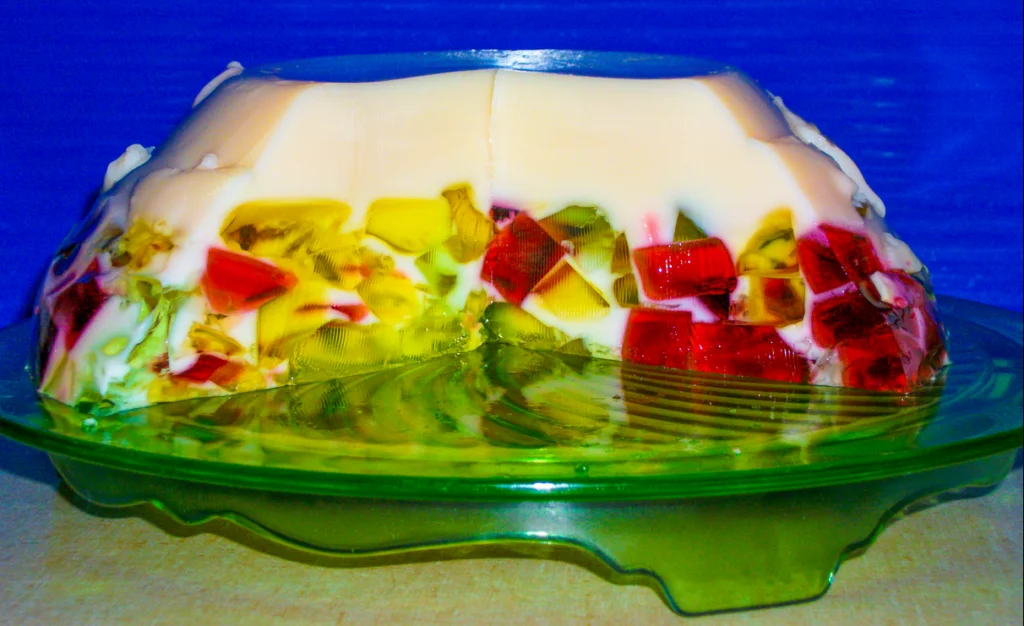
Some Jell-O ads in the 1960s and ’70s targeted women directly, suggesting that eating Jell-O would help them stay slim and attractive for men. Commercials featured women proudly choosing Jell-O while men smiled approvingly in the background. The implication was that beauty and desirability were tied to eating fewer calories.
By today’s standards, these ads are deeply sexist. Marketing diet food primarily to women, and linking it to male approval, feels condescending and outdated. If a company tried something similar now, it would likely face immediate backlash. It’s one of many examples where gender stereotypes were used freely in old commercials.
9. Beer Ads with Kids Present

In the 1970s, beer commercials often portrayed family gatherings where adults enjoyed drinks with children right in the mix. Backyard barbecues and fishing trips featured smiling dads cracking open cold ones while their kids played nearby. The message was that beer was a natural part of wholesome family fun.
Today, alcohol companies face strict regulations to avoid appealing to minors or suggesting that drinking is part of family activities. Seeing kids in a beer commercial now would trigger immediate complaints. These old ads remind us of how casual the culture once was about alcohol, even around children.
10. Headache Relief with Live Cigarettes

Some old commercials actually suggested smoking could help relieve stress and headaches. Actors were shown lighting up after a long day, sighing with relief as if cigarettes were a remedy. The ads often implied that cigarettes were not only safe but beneficial for everyday discomforts.
Modern audiences know better, which makes these ads almost unbelievable. They show how far tobacco companies were willing to go to mislead consumers. Today, such health claims would be illegal, and the idea that cigarettes could cure a headache sounds absurd. It’s one of the most blatant examples of deceptive advertising.
11. “Fat Shaming” Diet Ads
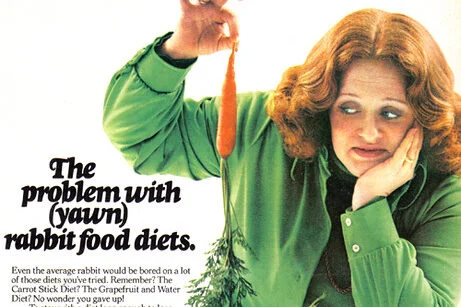
Weight-loss commercials in the ’60s and ’70s were shockingly cruel by today’s standards. Some openly mocked people for being overweight, using ridicule as a marketing tactic. Others implied that without their product, women would never find love or happiness.
This type of advertising would never make it on the air now. Body shaming has been widely condemned, and companies are expected to market in a way that respects all body types. Those old commercials feel mean-spirited and manipulative, a reminder of how far we’ve come in terms of representation and respect.
12. Soda Ads Featuring Santa Claus Drinking Coca-Cola

Coca-Cola is famous for shaping the modern image of Santa Claus, but some of their old commercials went a step further. They showed Santa himself happily guzzling bottles of Coke. The idea was to link holiday magic with the product in the most direct way possible.
Parents today would be uncomfortable with Santa being used to promote sugary drinks. Associating a beloved childhood figure with something unhealthy would likely draw criticism. Coca-Cola still uses Santa in marketing, but the focus now is on joy and togetherness rather than him drinking the product.
13. Toy Gun Commercials Aimed at Kids
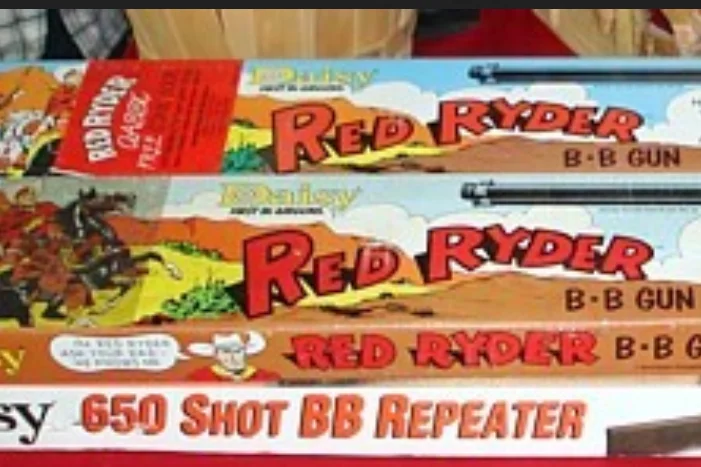
Toy gun commercials were everywhere in the ’50s and ’60s, with kids running through neighborhoods playing “cowboys and Indians.” Ads made it seem completely harmless, with no thought about the potential dangers of normalizing firearms for children. The toys were often shown as realistic replicas.
Given today’s awareness of gun violence, commercials like these would never air. Parents now worry about how toy guns influence children, and regulations have tightened to prevent them from looking too realistic. Watching those old ads now feels unsettling, especially in light of current events.
14. Fast Food Ads with “Healthy” Claims
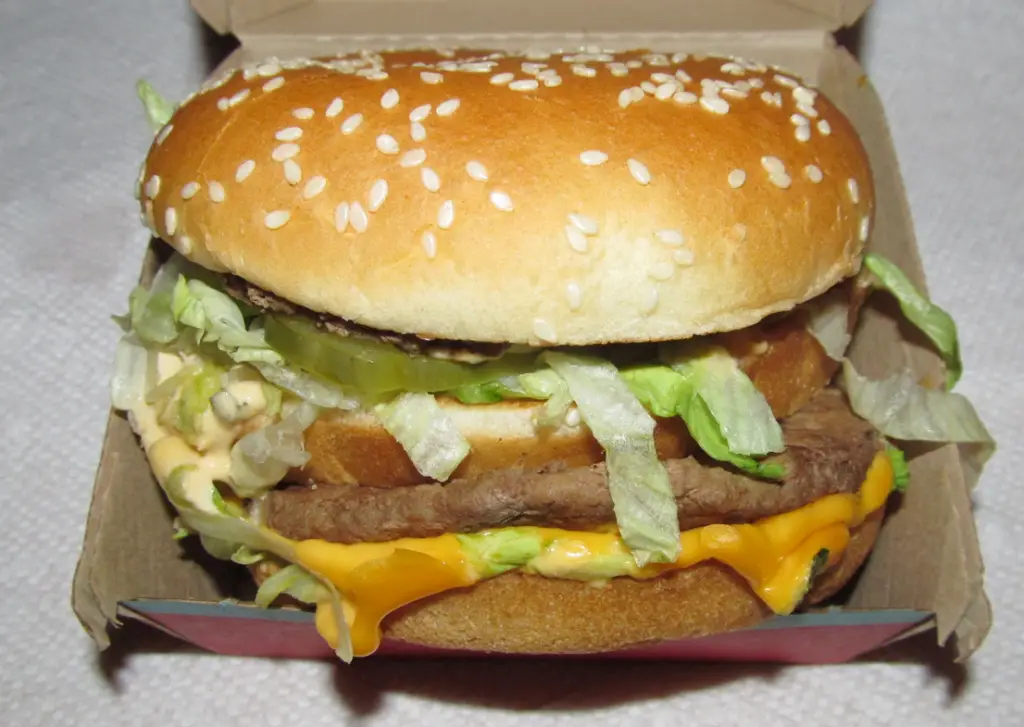
Some fast food chains once positioned their meals as not just tasty but actually good for you. Ads claimed burgers provided essential protein and that fries were part of a balanced diet. Parents were encouraged to see fast food as a convenient and even nutritious option for their kids.
Modern nutritional science has made those claims laughable. Fast food is now advertised as indulgence or convenience rather than health. If a company tried to run a commercial like that today, it would be quickly debunked and mocked. It’s one of those examples where marketing got away with stretching the truth.
15. Airline Stewardess Ads

Airlines in the ’60s and ’70s often reduced female flight attendants to little more than attractive hostesses. Commercials highlighted their looks and charm, sometimes with slogans that bordered on innuendo. The focus was rarely on safety or service, but rather on how pleasant the “view” would be for male passengers.
These ads are blatant examples of sexism in advertising. Today, airlines highlight professionalism, safety, and comfort rather than objectifying employees. Looking back at those old commercials is both cringeworthy and revealing about the cultural attitudes of the time.
16. Beer Ads with Cartoon Mascots
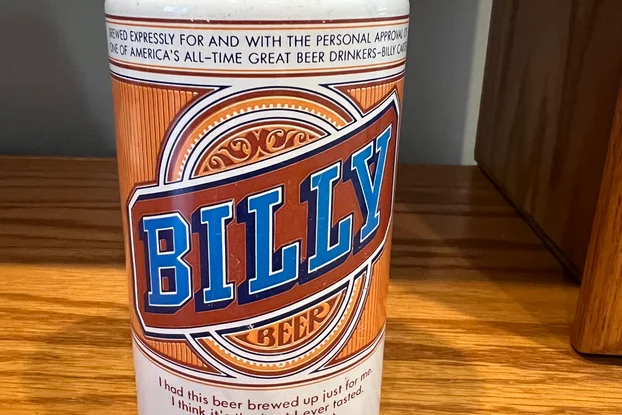
Some beer brands in the mid-20th century tried to stand out by using cartoon mascots. The characters were fun and colorful, making the ads look more like Saturday morning cartoons than alcohol marketing. It blurred the line between advertising to adults and appealing to children.
Eventually, regulators cracked down on ads that could attract underage audiences. Today, it’s hard to imagine a company trying to use a cartoon character to sell beer without being immediately criticized. These commercials show how little thought was once given to how children might absorb advertising messages.


